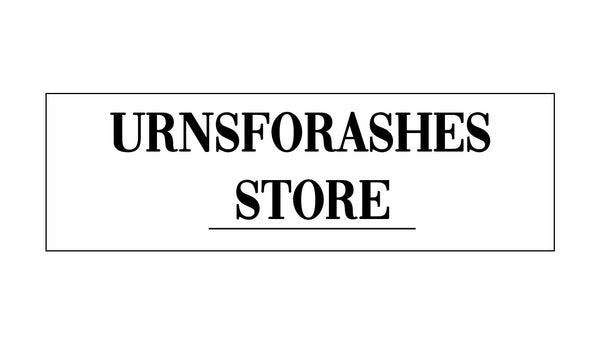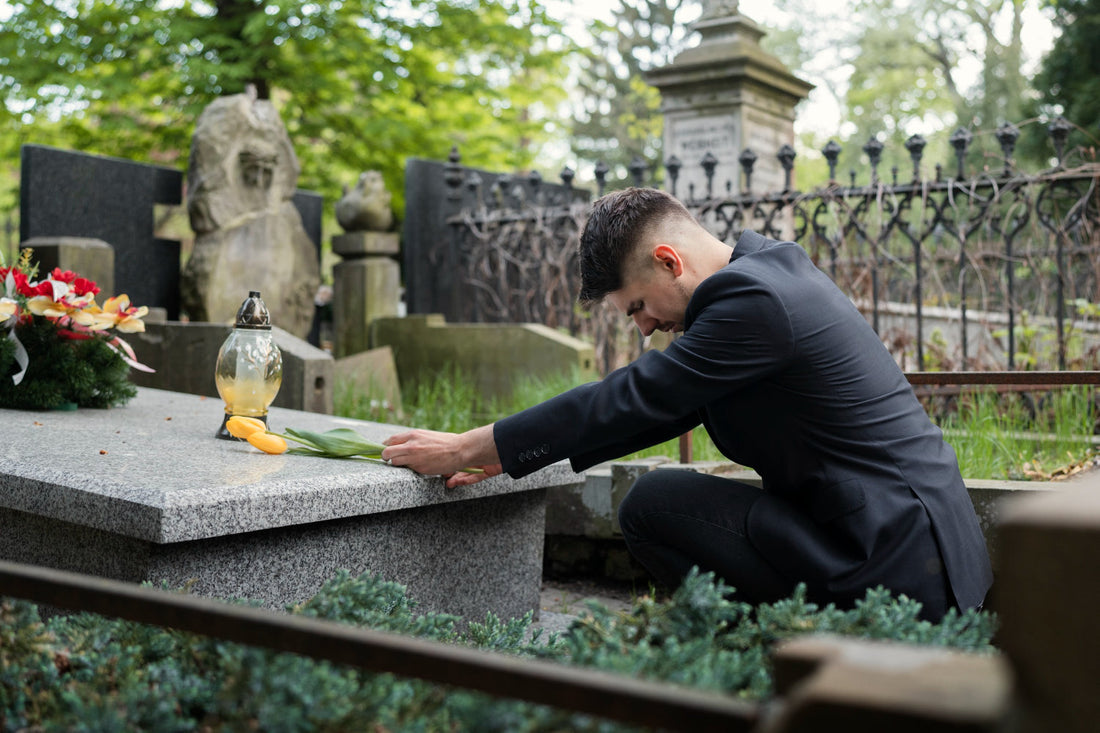Direct cremation is an increasingly popular choice for families seeking a simple, cost-effective, and dignified way to honor their loved ones. This guide explores everything you need to know about direct cremation, including its benefits, costs, process, and how it differs from traditional funeral services.
What is Direct Cremation?
Direct cremation is a straightforward cremation process where the body is cremated shortly after death without a funeral service, visitation, or viewing. It allows families to focus on honoring their loved ones in a personal and private way.
Why Choose Direct Cremation?
-
Affordability
One of the most significant benefits of direct cremation is its cost-effectiveness. Since it eliminates expenses associated with embalming, a casket, and traditional funeral services, direct cremation is typically much more affordable. -
Simplicity
Direct cremation offers a no-frills approach, allowing families to avoid the complexities of planning a traditional funeral. This simplicity can provide peace of mind during a challenging time. -
Flexibility
With direct cremation, families can organize a memorial or celebration of life on their own terms. This flexibility allows for a more personalized tribute.
How Much Does Direct Cremation Cost?
The cost of direct cremation can vary depending on location and provider. On average:
- United States: $700 - $3,000
- United Kingdom: £800 - £1,500
- Canada: CAD 1,000 - CAD 3,000
These prices are significantly lower than traditional funeral costs, which can range from $7,000 to $12,000.
The Direct Cremation Process
-
Transportation of the Deceased:
The body is transported to the crematorium or funeral home shortly after death. -
Required Documentation:
Necessary paperwork, including death certificates and cremation permits, is processed. -
Cremation:
The cremation takes place in a crematory chamber. The ashes, also known as cremains, are then collected and returned to the family in a cremation urn or temporary container. -
Ashes Returned:
The family receives the ashes, allowing them to plan a memorial service or keep the remains in a special place.
Who is Direct Cremation Suitable For?
Direct cremation is ideal for:
- Families on a budget.
- Those who prefer a simple, dignified farewell.
- Individuals who wish to forgo traditional funeral services.
- Families who want to celebrate life privately at a later time.
How to Arrange a Direct Cremation
-
Choose a Reputable Provider:
Research local cremation providers to compare prices and services. -
Pre-Planning:
Many providers offer pre-planning options, allowing individuals to arrange and pay for their cremation in advance. -
Select an Urn:
Choose a cremation urn that reflects the personality of your loved one. Options include keepsake urns, biodegradable urns, and custom-designed urns.
Memorial Ideas After Direct Cremation
-
Scatter the Ashes:
Choose a meaningful location, such as a favorite park or beach. -
Create a Memorial Keepsake:
Use some of the ashes to create jewelry, artwork, or a decorative urn. -
Host a Celebration of Life:
Invite friends and family to share stories and honor your loved one's legacy.
Benefits of Pre-Planning Direct Cremation
Pre-planning ensures that your wishes are honored and alleviates the emotional and financial burden on your family. It also allows you to lock in today’s prices, saving money in the long run.
Conclusion
Direct cremation is a practical, affordable, and respectful way to say goodbye to a loved one. Whether you’re considering it for yourself or a family member, understanding the process and its benefits can help you make an informed decision.

